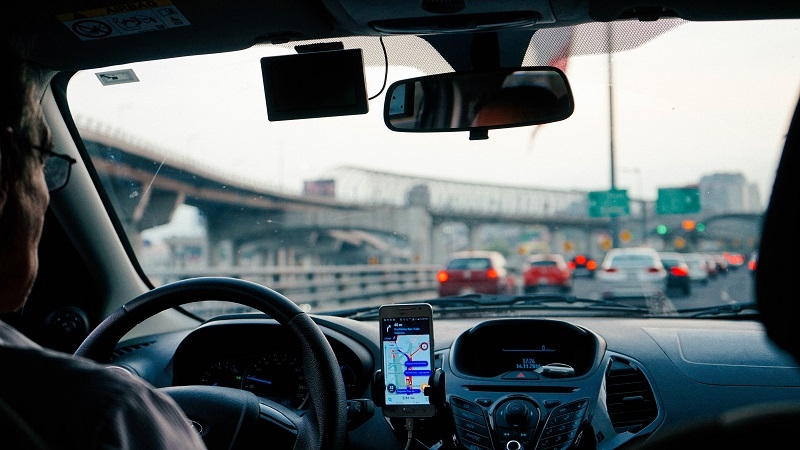Thursday 1 December 2022
Automation is all around us. In fact, it's likely that you've already interacted with some form of it today!
Although we usually talk about automating business processes on this blog, there are a lot of other examples of automated technology that you'll already be familiar with. Here we take a look at some of the most common ones...
1. Toasters
Jam, peanut butter, or marmalade? Luckily what spread to choose is usually the only decision we need to make when toasting bread for breakfast.
This is because our toasters do the rest of the job for us. We simply pick a setting according to how well done we'd like the end result, then sit back as the toaster does the rest.
Most toasters use either a timer or a thermostat to switch themselves off when your bread is done and release the mechanism holding it down. Some more sophisticated models now use electronic light-detector circuits based on photoelectric cells that monitor the colour of your bread to make sure it's toasted to perfection - how's that for service?!
2. Doors
Whether you took the bus or train to get to the office this morning, or you popped out for a sandwich at lunchtime, it's likely that you encountered some automatic doors as you went about your day.
These often use a very simple form of automation based on a sensor, to establish whether there is someone approaching the door. When the sensor detects this kind of cue, it sends a signal to the door operating mechanism which in turn opens the door.
When no further movement is detected inside the activation area, the door will close after a designated period of time.
Automatic doors are convenient (especially when we have our hands full), but they also help to save energy by reducing heating and cooling costs.
3. GPS navigation
Thanks to automated GPS navigation, the days of reading paper maps while trying to navigate unknown country roads or city centres are long gone for most of us.
A GPS navigation function is now present on most map apps on smartphones, as well as present in a variety of more modern models of cars. All we need to do is enter the name or postcode of our destination and the system will work out the best route to get us there.
These automated navigation systems need to include effective tools for detecting traffic and potential obstacles on route. They continually monitor these and can instantly propose an alternative route to help avoid delays if necessary.
Drivers can adjust their preferences to avoid motorways or toll roads and recently we've even started to see routes that allow us to optimise fuel consumption. These automated navigation systems certainly help us to find our way without the hassle of paper maps, and can also save us time and money while getting us to our destinations.
4. Smart energy meters
Many of us will now have a smart energy meter installed in our homes. These are devices that measure gas or electricity use, just like traditional meters, then automatically send their readings to your energy supplier.
Smart meters come with an in-home display screen to help you see how much energy you're using in real-time, and work out how you might be able to make savings.
They mean that there's no need to take manual readings from your gas and electricity meters any more, and can lead to lower bills due to increased awareness of energy use.
5. Washing machines
While it may not be our favourite chore, washing our clothes is certainly a lot easier than it would have been a hundred years ago.
Washing machines use automation to cleanse, rinse and spin our clothes for us, all at the press of a button. They monitor water levels and temperatures, and can even adjust these according to the weight of the load.
Some modern machines even allow us to pre-programme our own cycles, and have the option to delay their start time or be activated remotely via a smartphone, meaning that washing can begin at a time that's most convenient to us.
As you can see, automation isn't always about complex calculations or lengthy programming. In fact there are simple examples all around us that we might not even recognise at first glance.These systems help to make our daily lives easier, and it's likely that many of us now wouldn't be without them.
This type of automation is the type that we take for granted, part of our everyday lives. It just happens and allows us to rest, work, do other tasks, enjoy days or nights out without worrying about how they work. Imagine applying that approach to your business! Automation can manage your day to day processes, giving you and your team precious extra time to adopt a much more proactive approach to sales or strategic business planning.
If you'd like to discuss how automation could also be used to streamline some of your everyday business processes, simply complete the short form below and we will be more than happy to go over your options with you.

